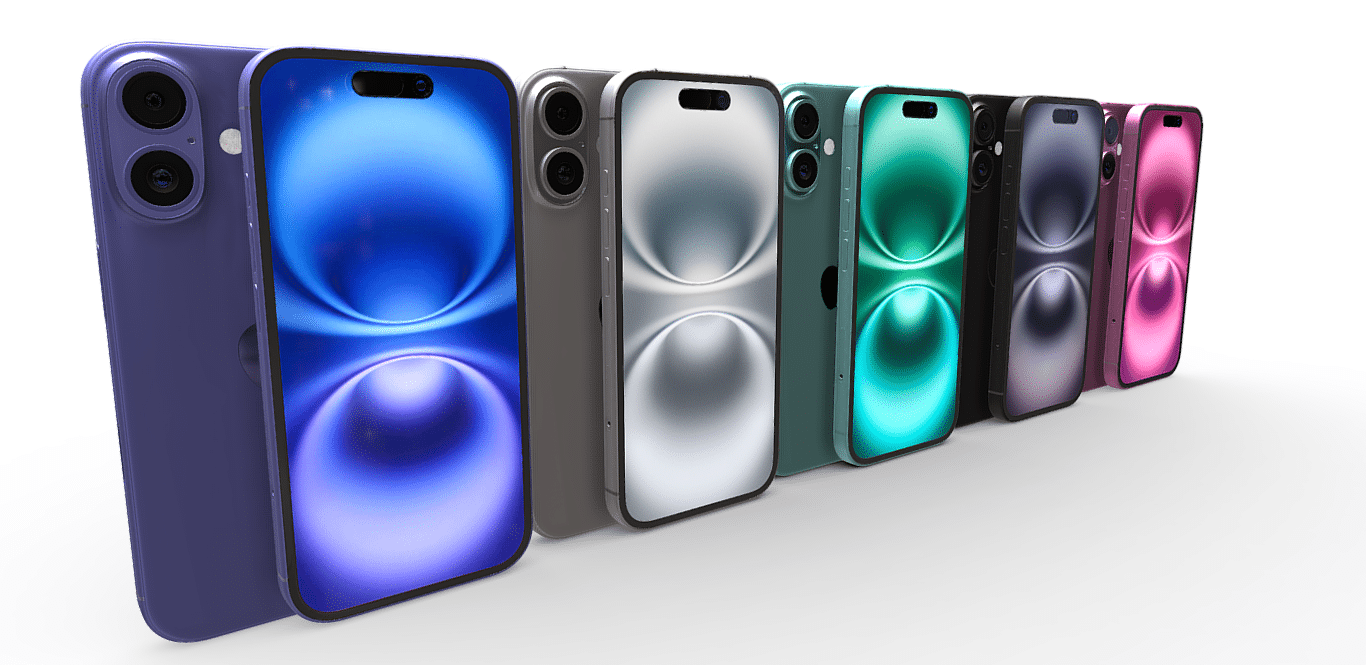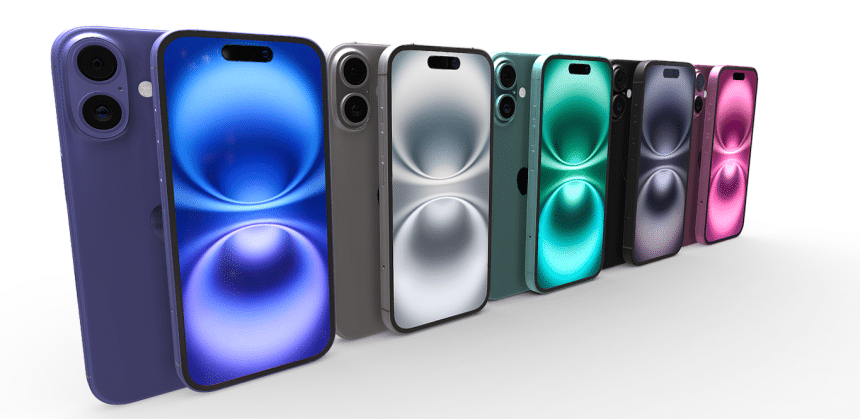Apple’s latest iPhone 16 series is off to a slow start, with early sales figures showing a drop in demand compared to last year’s iPhone 15 launch. According to data from Consumer Intelligence Research Partners (CIRP), the iPhone 16 models made up 20% of total U.S. iPhone sales in their initial weeks, falling short of the 29% share held by iPhone 15 models in the same period last year.
Mixed Reception for Base Models
The iPhone 16 lineup, which includes the standard iPhone 16 and 16 Plus, has seen a lukewarm response so far. While Apple’s updates to these models were intended to attract a wide range of users, the base models have not managed to draw the same level of interest as previous generations. In contrast, the Pro and Pro Max models have held steady, capturing a 12% share of total iPhone sales, just slightly down from the 15% share the iPhone 15 Pro models held last year.

Legacy Models Remain Strong
One of the factors impacting iPhone 16 sales is the popularity of legacy models. Older models, such as the iPhone 14, still account for a significant share of the U.S. market. In the September 2024 quarter, these older models contributed to 24% of total sales, showing consistent consumer interest in more affordable options. Additionally, many buyers seem inclined to choose the previous year’s models rather than upgrading to the latest releases.
Analysts’ View on Demand Shift
Analysts note that Apple’s production strategy has adjusted to reflect these trends. While the demand for iPhone 16 Pro models remains robust, Apple has scaled back some component orders for the standard iPhone 16 and 16 Plus by around 3-5% due to weaker demand. As the holiday season approaches, Apple may see renewed interest in its latest models, particularly the Pro versions.
Apple’s iPhone 16 launch reflects shifting consumer preferences, with buyers increasingly drawn to older, more affordable models and the high-performance Pro versions. This mixed response may prompt Apple to reevaluate its strategy for future releases, especially as it balances innovation with market demand.












